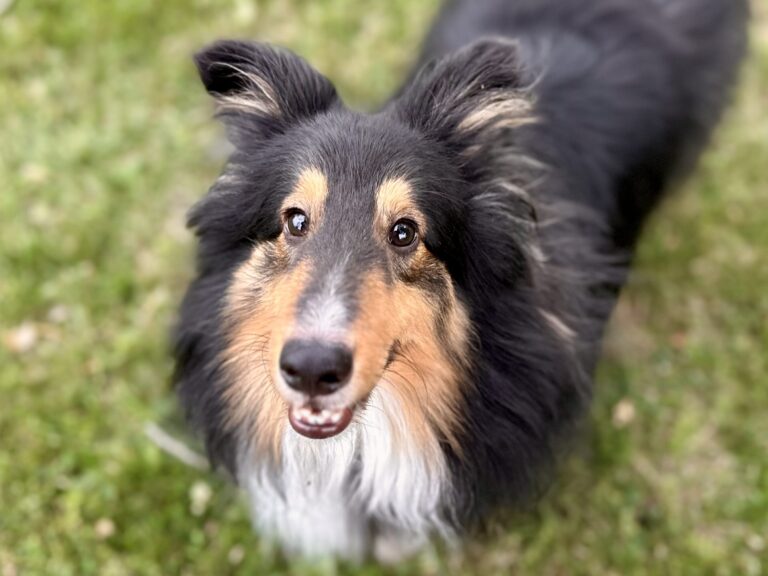15 Common Dog Health Issues You Shouldn’t Ignore

Some health issues in dogs start small and seem harmless until they suddenly aren’t. Because dogs can’t explain what they’re feeling, it’s up to us to notice the signs. Ignoring these warning flags can lead to worsening illness, costly treatments, and, in some cases, emergencies. Here are 15 common dog health problems that should never be brushed off.
Persistent Itching or Scratching

If your dog is constantly scratching, chewing, or licking its skin, it’s not just a nuisance — it’s a sign something is wrong. Common causes include fleas, food or environmental allergies, or skin infections. Without treatment, the itching can cause open wounds, hair loss, and secondary infections. Some dogs even develop anxiety from chronic discomfort.
Bad Breath That Doesn’t Go Away
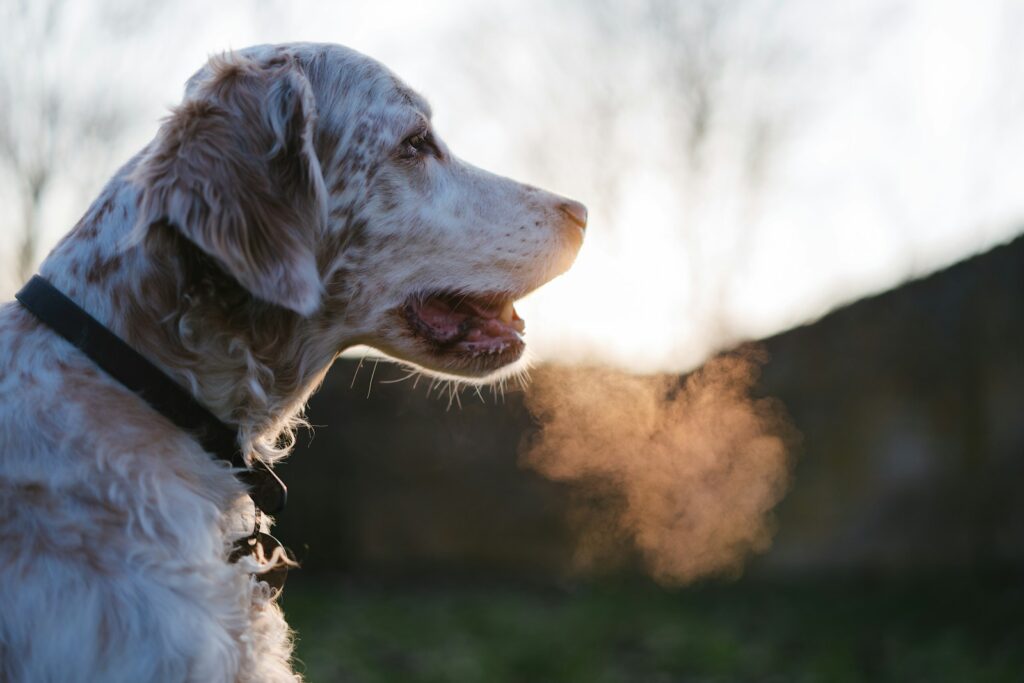
Dog breath isn’t expected to smell great, but if your dog’s mouth gives off a strong, sour, or rotting odor, it could be more than just plaque. Persistent bad breath often points to periodontal disease, which can lead to tooth loss and painful inflammation. Even worse, bacteria from infected gums can spread to the heart, liver, or kidneys.
Vomiting or Diarrhea

A single bout of vomiting or diarrhea isn’t always cause for concern, especially if your dog got into something unusual. But if it happens repeatedly or lasts more than a day, it can be a sign of something serious: dietary intolerance, parasites, infections, pancreatitis, or even poisoning. Small dogs and seniors are especially vulnerable to dehydration.
Sudden Weight Loss or Gain

Noticeable weight changes in your dog without a change in diet should never be ignored. Rapid weight loss could mean diabetes, cancer, digestive disorders, or thyroid issues. On the flip side, sudden weight gain, especially in older or spayed/neutered dogs, might indicate hormonal imbalances, heart problems, or water retention due to organ failure.
Lethargy or Fatigue

If your usually energetic dog seems withdrawn, slow, or uninterested in daily activities, it could be more than aging. Lethargy is a general symptom but often signals something significant: pain, infection, anemia, heart disease, or even depression. Some dogs try to hide discomfort, so a drop in energy might be your only clue.
Difficulty Breathing or Constant Coughing

Labored breathing, wheezing, or a dry, hacking cough aren’t just respiratory issues, they can be signs of serious conditions like heart disease, collapsing trachea, kennel cough, or even lung tumors. Short-nosed breeds are especially vulnerable to airway issues, while older dogs may develop congestive heart failure. Any breathing trouble should be considered urgent.
Limping or Trouble Walking
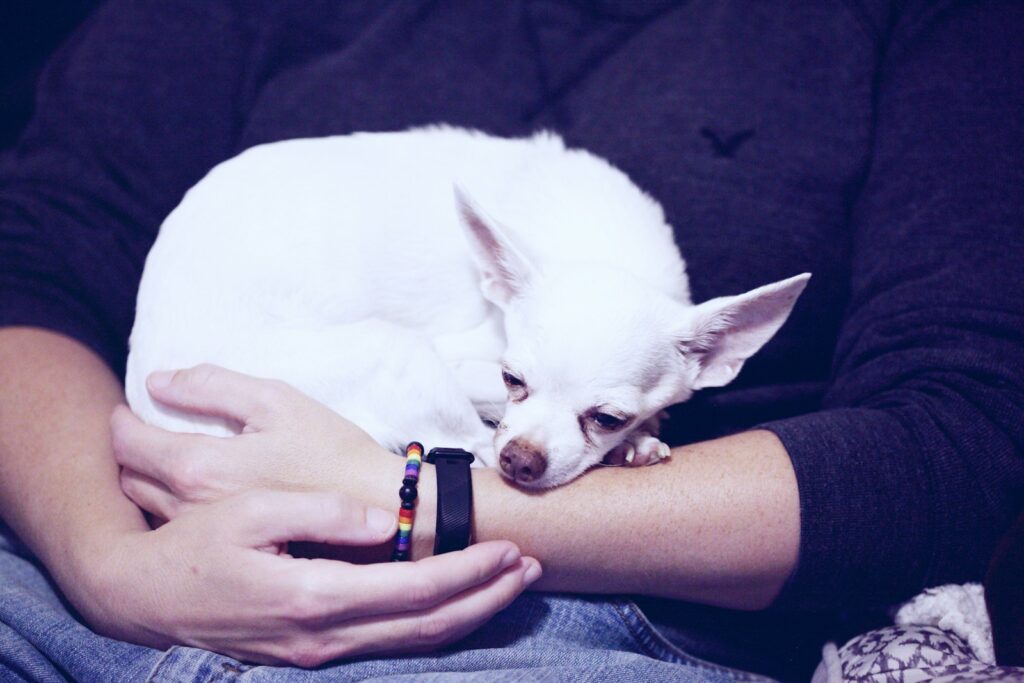
Limping might seem like a minor strain or paw injury, but it can also signal chronic conditions like arthritis, torn ligaments, or hip dysplasia. If your dog avoids putting weight on a leg, moves stiffly after rest, or hesitates to jump or climb stairs, pain is likely involved. Waiting too long to address mobility issues can lead to muscle atrophy or worsen joint degeneration.
Excessive Drinking or Urination
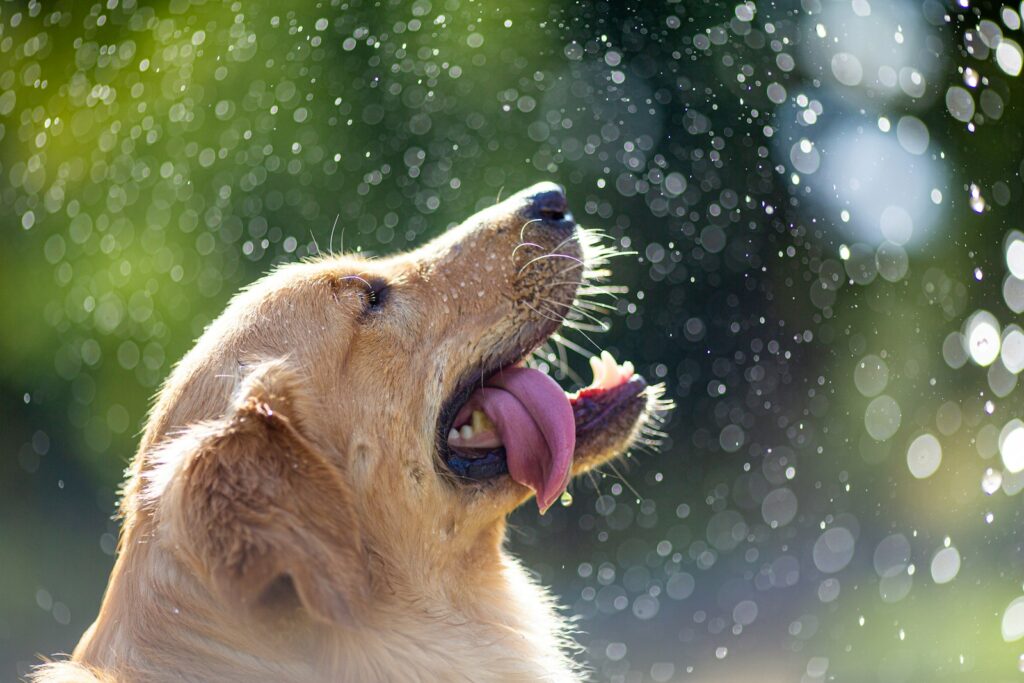
If your dog starts draining the water bowl more frequently or asking to go outside all the time, don’t assume it’s just hot weather or a change in routine. Excessive thirst and urination can signal serious issues like diabetes, kidney disease, Cushing’s disease, or a urinary tract infection. Left unchecked, these conditions can cause long-term organ damage.
Red, Cloudy, or Watery Eyes
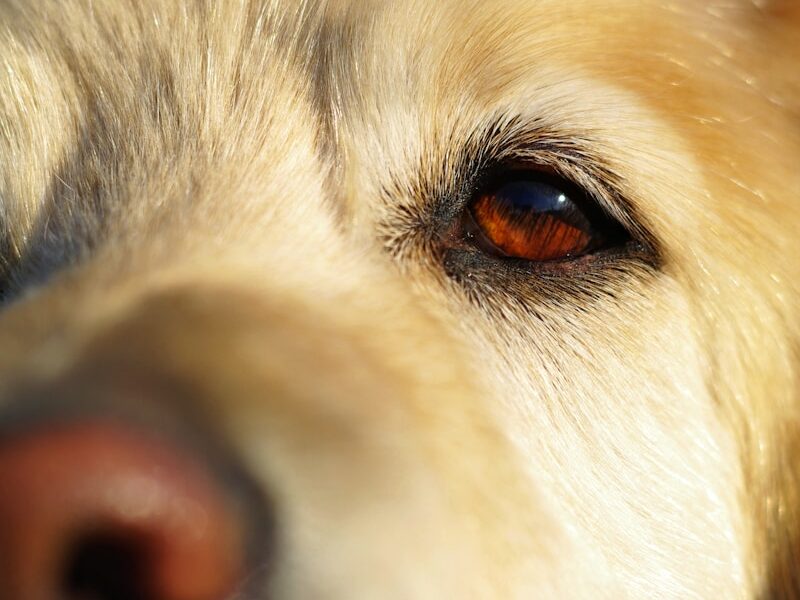
Your dog’s eyes should be clear and bright. If they become red, cloudy, or excessively watery, or if your dog starts pawingat them, it could indicate conjunctivitis, glaucoma, dry eye, or even an eye injury. Eye issues can worsen quickly and lead to permanent damage or blindness if ignored. Some dogs are prone to eye problems due to breed traits (like pugs or spaniels), so it’s extra important to monitor their eye health. Don’t wait to seek treatment if something looks off.
Changes in Appetite

Skipping a meal now and then isn’t always a concern, but if your dog suddenly stops eating or becomes unusually ravenous, it may signal trouble. Appetite loss can come from dental pain, gastrointestinal issues, or systemic illness. On the other hand, excessive hunger might be linked to diabetes, thyroid issues, or poor nutrient absorption.
Swollen Belly or Bloat

A firm, distended abdomen that appears suddenly, especially with restlessness, drooling, or dry retching, can mean bloat (gastric dilatation-volvulus), a condition that can kill a dog in hours without emergency surgery. While large, deep-chested breeds like Great Danes are more prone, it can happen to any dog. Even a belly that gradually becomes rounder could mean fluid buildup or organ enlargement.
Skin Lumps or Bumps
Many dogs develop lumps as they age, and not all of them are cancerous. Still, any new growth, lump, or skin tag should be examined by a vet. Some masses are harmless fatty tumors, but others can be abscesses, cysts, or malignant cancers. Catching a dangerous lump early often means better outcomes and simpler treatments.
Scooting or Dragging Rear on the Floor

It might look funny, but if your dog is scooting, something’s wrong. The most common cause is full or infected anal glands, but it could also be due to worms, irritation, or even back pain. If scooting happens more than once or is paired with licking the rear, your dog likely needs a vet to express the glands or check for underlying infections.
Excessive Panting at Rest

Panting after a run is normal, but panting heavily while resting, especially indoors or at night, may be a warning sign. It can indicate heatstroke, pain, anxiety, respiratory distress, or even heart failure. Dogs don’t sweat like humans, so panting is the main way they cool down. But when it’s constant or seems out of place, it’s not just about temperature. Look for other clues like restlessness, pacing, or trembling, and get your dog checked before symptoms worsen.
Behavioral Changes

Sometimes, the first sign of illness is behavioral, like growling when touched, hiding, whining, becoming clingy, or showing sudden aggression. These changes often reflect pain, neurological issues, or emotional distress. Dogs can’t explain discomfort, so they express it through shifts in behavior. A calm dog becoming snappy or anxious may not be “acting out” — they could be hurting.


